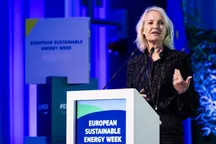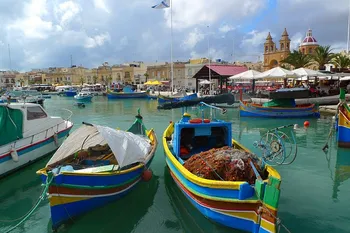Hydrogen Valleys are hydrogen ecosystems that cover a specific geography ranging from local or regional focus (e.g. industrial cluster, ports, airports, etc.) to specific national or international regions (e.g. cross border hydrogen corridors)[1] Hydrogen Valleys showcase the versatility of hydrogen by supplying several sectors in their geography such as mobility, industry and energy end uses. They are ecosystems or clusters where various final applications share a common hydrogen supply infrastructure. Across their geographic scope, Hydrogen Valleys cover multiple steps in the hydrogen value chain, ranging from hydrogen production (and often even dedicated renewables production) to the subsequent storage of hydrogen and distribution to off-takers via various modes of transport. Whilst most of the projects are in the EU, over the past years, Hydrogen Valleys have gone global, with new projects emerging worldwide. Mission Innovation has set a target of deploying 100 large-scale Hydrogen Valleys worldwide by 2030[2].
Hydrogen Valleys are starting to form the first regional "hydrogen economies". Already under the previous programme, the Clean Hydrogen Partnership provided support to several Hydrogen Valleys across different locations in EU and of different sizes. It is however necessary to continue the accelerated deployment of Hydrogen Valleys as required by RePowerEU (with a
...






